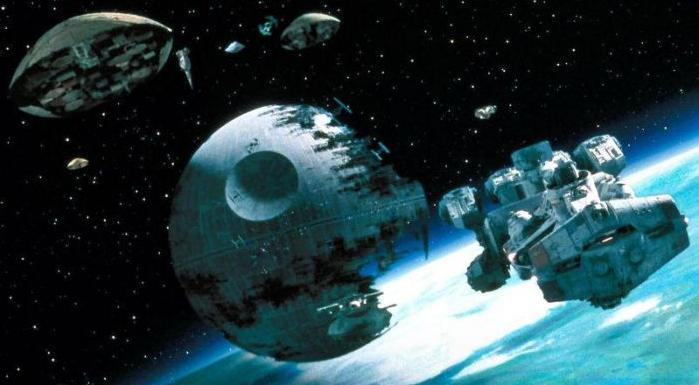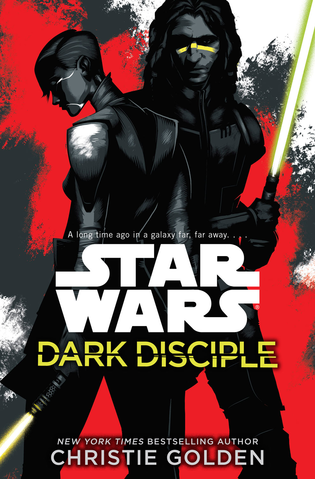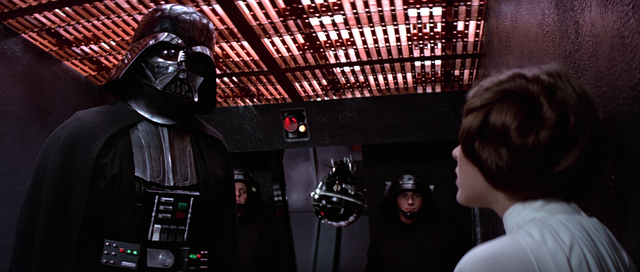
The Effects Wizards
The wonders of modern visual effects have brought some terrifically imaginative and amazingly realistic things to the screen in the past couple of decades. Ever since Jurassic Park and Terminator 2 let the computer genie out of the bottle, the limits to what can be portrayed on screen have shortened more and more each year. Since the turn of the millennium, technology has advanced to such a point where just about any world, creature or event can be created or re-created in lifelike detail, no matter how outrageous it is. It’s certainly hard to see how a good number of the modern blockbuster films most of us see each summer might have been made just twenty years earlier. They might have been made, certainly, but they would have looked a lot different.
As amazing as this has been for those who love movies, it has also had an unfortunate retroactive effect on films done before this time. Read More
 The Clone Wars dominated the landscape of Star Wars media for a good ten years or so, from the release of Attack of the Clones onward. The once-mysterious conflict referred to by Obi-Wan was fleshed out to an almost absurd extent. Once the Disney era of Star Wars publishing began, though, that focus shifted back toward the original trilogy era, leaving fans used to the focus on the prequels feeling left out. Then Dark Disciple was announced, and the combination of author and subject matter made most fans throw up their hands in either jubilation or utter despair. Christie Golden’s only contributions to Star Wars before now were in the Fate of the Jedi series, which has a rather mixed reputation among many readers. Not having read them myself, I sought to go into this book with as open a mind toward Golden as possible, since I try not to assign blame to authors for elements in books that are, often, works by committee to some degree.
The Clone Wars dominated the landscape of Star Wars media for a good ten years or so, from the release of Attack of the Clones onward. The once-mysterious conflict referred to by Obi-Wan was fleshed out to an almost absurd extent. Once the Disney era of Star Wars publishing began, though, that focus shifted back toward the original trilogy era, leaving fans used to the focus on the prequels feeling left out. Then Dark Disciple was announced, and the combination of author and subject matter made most fans throw up their hands in either jubilation or utter despair. Christie Golden’s only contributions to Star Wars before now were in the Fate of the Jedi series, which has a rather mixed reputation among many readers. Not having read them myself, I sought to go into this book with as open a mind toward Golden as possible, since I try not to assign blame to authors for elements in books that are, often, works by committee to some degree.


